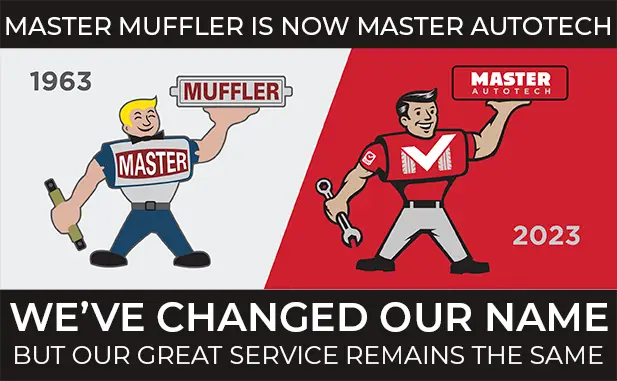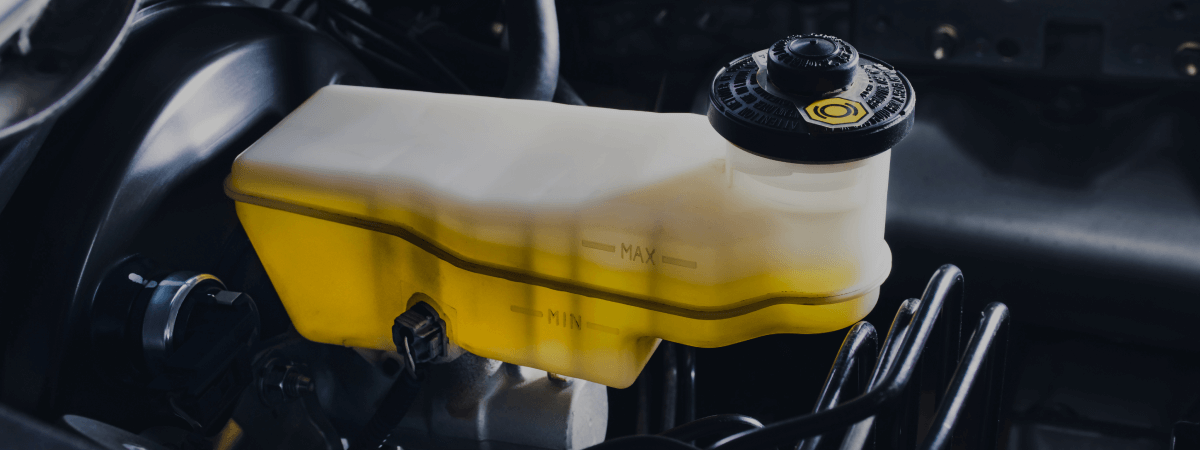Checking your tires is not as simple as many people believe. It’s more complicated than just checking the air and level of tread. There are different wear patterns, for example, that can indicate various problems.
First of all, you should always keep the air inflated to the manufacturer recommendations. If the tires are improperly inflated, certain wear patterns will begin to show on the tires as a result. If the tires are overinflated, the center treads will begin to wear down, increasing the danger of a blowout. If they are underinflated, the outer edges will wear faster than the rest of the tire, causing excessive wear on the tires.
If you see either of these patterns, it is important to check and adjust the air in the tire. If under-inflation is the problem, look for leaks as well. Keep in mind that keeping your tires properly inflated can save you 2% or more on fuel efficiency. That means $1 minimum savings for every $50 tank of gas.
If the front tires are worn only on the edges, you may be taking turns too fast. Slow down and use caution when turning to make your tires – and your life – last longer.
When tires are worn more on one side than the other, it could indicate improper alignment. If the tread is wearing unevenly and/or showing scallops, cups, or bald spots, it could be an imbalance of the wheel or an alignment issue that should definitely be checked. A saw-toothed pattern of wear on the tire also indicates poor alignment that needs correction.
Randomly spaced bald spots on your tires could indicate that your wheels are imbalanced or your shocks are worn out. You will need to get the shocks replaced if they have worn down to this point.
In addition to doing a visual inspection, you can also check your tires by driving with the windows open and listening. If you hear squealing on curves, you could have either under-inflation or poor alignment. If you hear thumping, whining, or other weird noises, or feel vibrations that seem like a tire is wobbling, get it checked right away. You could have poor alignment, over-worn tires, worn-out shocks, or a wheel imbalance.
Checking your tires is just one of the things you can do to keep your vehicle in good condition. Learn more about basic vehicle care you can do yourself.
Related Posts
When you think about car maintenance, you probably focus on oil changes, tire rotations, and maybe even brake pad replacement. But what about your brake fluid? If you’ve ever wondered, “What does brake fluid do?” or “Why is brake fluid important?”, you’re not alone. Brake fluid might not be the most talked-about part of [...]
Is that high-pitched squeal from your brakes driving you—and everyone else—crazy? Don’t ignore it. Squeaky brakes aren’t just annoying, they’re your car’s way of saying something needs attention. Whether you're cruising through Salt Lake City or winding up Idaho’s mountain passes, here’s what’s likely going on, how you can fix it, and when it [...]
Whether you’re cruising down I-15 toward Zion, exploring the scenic routes of Eastern Oregon, or heading north to catch the Tetons in Idaho, a smooth summer road trip starts with smart car maintenance. Before you pack the snacks and load up the playlist, it’s worth taking the time to make sure your vehicle is [...]





